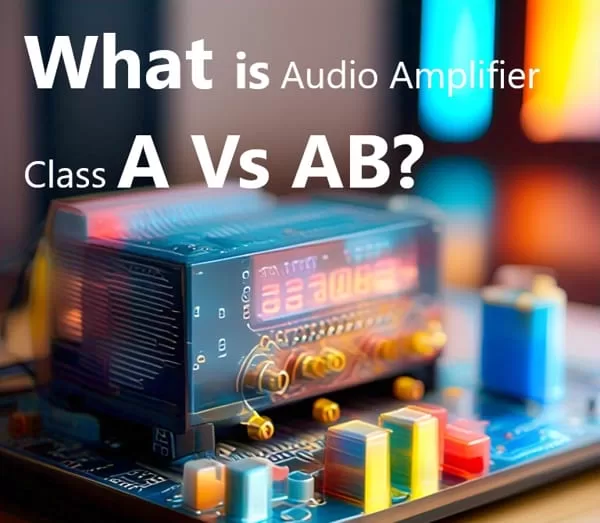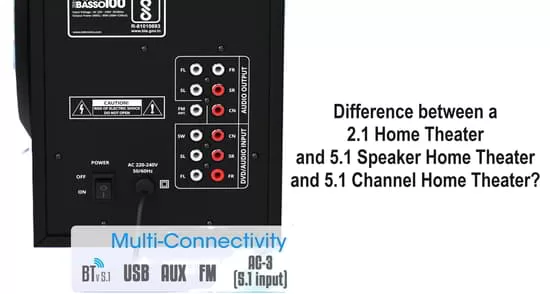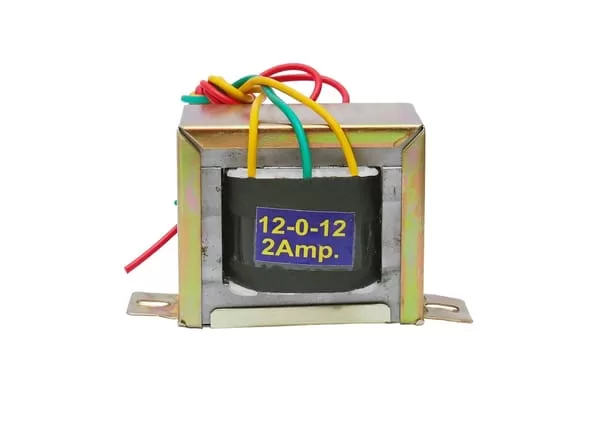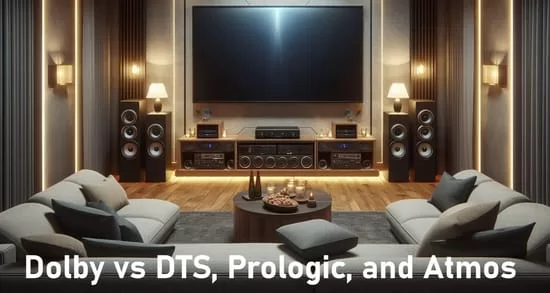There is no one “best” amplifier class as it depends on the specific needs and requirements of the audio system. Each amplifier class has its own advantages and disadvantages, and choosing the appropriate class depends on factors such as power output, efficiency, distortion, and cost.The most commonly used amplifier classes are Class A, Class AB, Class D, and Class H. Class A amplifiers have the lowest distortion but are less efficient and generate more heat. Class AB amplifiers are more efficient than Class A and have less distortion, making them a popular choice for audio applications. Class D amplifiers are highly efficient but can produce more distortion than other classes. Class H amplifiers are an improvement on Class AB, providing higher efficiency and lower heat dissipation.Ultimately, the best amplifier class is the one that meets your specific needs in terms of power output, distortion, efficiency, and cost. It’s important to consider the entire audio system when selecting an amplifier to ensure compatibility and optimal performance.Let’s Understand with a few more details –
Table of Contents
Class A Amplifiers –
Class A amplifiers are a type of analog amplifier that operates in a continuous, linear manner. In a Class A amplifier, the output transistor is always conducting current, regardless of whether there is a signal or not. This means that the amplifier is always “on”, and it is capable of delivering high-quality, low-distortion audio signals.Class A amplifiers are known for their high sound quality and low distortion, making them a popular choice for high-end audio applications. However, they are also known for being relatively inefficient, as they consume a significant amount of power even when there is no signal present. This inefficiency also means that they generate a significant amount of heat, which can limit their practical use in some applications.Class A amplifiers are often used in applications where sound quality is of utmost importance, such as in high-end audio equipment, studio monitors, and high-performance guitar amplifiers. They are also commonly used in low-power applications, such as headphone amplifiers and small signal amplifiers.Class B Audio Amplifier –
Class B audio amplifiers are a specific type of Class B amplifier that are designed for audio applications. They are similar to standard Class B amplifiers in that they operate in a push-pull configuration and are highly efficient, but they have additional features to ensure high-quality audio output.One of the key features of Class B audio amplifiers is their biasing arrangement. In a standard Class B amplifier, there is a small amount of distortion introduced at the point where the output signal from one transistor is handed off to the other transistor. In a Class B audio amplifier, this crossover distortion is reduced by adding a small amount of bias to both transistors, which keeps them conducting a small amount of current even when there is no signal present. This reduces the crossover distortion and improves the audio quality.Another feature of Class B audio amplifiers is the use of negative feedback to reduce distortion. Negative feedback is a technique where a portion of the output signal is fed back into the input of the amplifier, which helps to cancel out any distortion that is introduced by the amplifier circuitry. This helps to ensure high-quality audio output.Class A vs Class B Audio Amplifier –
If audio quality is the primary concern and power efficiency is less important, a Class A amplifier may be the best choice. If power efficiency is a primary concern, a Class B amplifier may be a better choice, but it is important to ensure that measures are taken to reduce crossover distortion and ensure high-quality audio output.Class AB Audio Amplifier –
Class AB audio amplifiers are a type of amplifier that combine the advantages of both Class A and Class B amplifiers. They are designed to operate in a “quasi” Class A mode, where both output transistors are biased slightly on, even when there is no input signal. This reduces the amount of crossover distortion that is typically present in Class B amplifiers, while still maintaining high power efficiency.In a Class AB amplifier, the output signal is split into two parts, which are amplified by separate transistors that are biased at different levels. When the signal level is low, only one transistor is conducting current, while the other transistor is biased off. As the signal level increases, the second transistor gradually starts to conduct current, allowing for higher power output while still maintaining low distortion.Class AB amplifiers are popular for audio applications where a balance between audio quality and power efficiency is important. They offer higher efficiency than Class A amplifiers, while still providing low distortion and high-quality audio output. They are commonly used in mid-range audio equipment, such as home theater receivers, as well as in car audio systems and other consumer audio products.Class A Vs Class B Vs Class AB Audio Amplifier –
If audio quality is the primary concern and power efficiency is less important, a Class A amplifier may be the best choice. If power efficiency is a primary concern, a Class B amplifier may be a better choice, but it is important to ensure that measures are taken to reduce crossover distortion and ensure high-quality audio output. Class AB amplifiers offer a good compromise between audio quality and power efficiency, making them a popular choice for a wide range of audio applications.Class D Audio Amplifier –
Class D audio amplifiers are a type of amplifier that use pulse width modulation (PWM) to convert an analog audio signal into a digital signal that can be amplified by switching transistors. In a Class D amplifier, the input audio signal is converted into a series of pulses that have a fixed frequency and varying pulse width, which are then amplified by high-speed switching transistors. The output of the amplifier is then filtered to remove any high-frequency noise that may be introduced during the switching process.Class D amplifiers are highly efficient and can deliver high power output with very little heat dissipation, making them a popular choice for a wide range of audio applications, including portable audio devices, car audio systems, and home theater receivers. They are also commonly used in subwoofers, where high power output and low distortion are critical for reproducing low-frequency sound.One potential drawback of Class D amplifiers is that they can introduce some amount of high-frequency noise, which can be audible in some cases. However, advances in circuit design and component technology have made it possible to minimize this noise and improve the overall performance of Class D amplifiers.Class A Vs Class B Vs Class AB Vs Class D Audio Amplifier –
The choice between Class A, Class B, Class AB, and Class D audio amplifiers depends on the specific needs of the audio application. If audio quality is the primary concern and power efficiency is less important, a Class A amplifier may be the best choice. If power efficiency is a primary concern, a Class B amplifier may be a better choice, but it is important to ensure that measures are taken to reduce crossover distortion and ensure high-quality audio output. Class AB amplifiers offer a good compromise between audio quality and power efficiency, making them a popular choice for a wide range of audio applications. Class D amplifiers are highly efficient and offer a cost-effective solution for high-power audio applications, with the ability to deliver high-quality audio output with minimal heat dissipation, but they can introduce some high-frequency noise.Class H Audio Amplifier –
Class H audio amplifiers are a type of amplifier that is designed to improve power efficiency and reduce heat dissipation compared to traditional Class AB amplifiers. They do this by using multiple voltage rails that can be switched on and off depending on the required output power of the amplifier.The amplifier’s output signal is monitored to determine the required output power level, and the amplifier then switches between different voltage rails to ensure that the output signal stays within a certain range, reducing the amount of power wasted as heat.Class H amplifiers are often used in high-power audio applications where power efficiency is a primary concern, such as in professional audio equipment, power amplifiers for live events, and high-end home theater systems. They can deliver high-quality audio output with minimal distortion and heat dissipation, making them an excellent choice for applications where high power output and reliability are critical.Class A Vs Class B Vs Class AB Vs Class D Vs Class H Audio Amplifier –
Class A, Class B, Class AB, Class D, and Class H audio amplifiers all have different characteristics and are suitable for different audio applications. Here is a comparison of the different types of audio amplifiers.If audio quality is the primary concern and power efficiency is less important, a Class A amplifier may be the best choice. If power efficiency is a primary concern, a Class B or Class H amplifier may be a better choice. Class AB amplifiers offer a good compromise between audio quality and power efficiency, making them a popular choice for a wide range of audio applications. Class D amplifiers are highly efficient and offer a cost-effective solution for high-power audio applications, with the ability to deliver high-quality audio output with minimal heat dissipation, but they can introduce some high-frequency noise. Class H amplifiers offer a balance between audio quality and power efficiency, making them an excellent choice for high-power audio applications where reliability and efficiency are critical.Compare in terms of real audio and pure music –
if audio quality is the primary concern, a Class A or Class AB amplifier may be the best choice. If power efficiency is a primary concern, a Class B, Class D, or Class H amplifier may be a better choice. It’s always a good idea to test out different amplifiers and compare their audio quality before making a final decision. Also Read –How to make a 5.1 Channel Home Theater System at Home? How to Select Speakers for 150W Amplifier? How to Make DIY Dolby/DTS 5.1 Channel Project at Home?Discover more from TrackDish - TV Installation Guide
Subscribe to get the latest posts sent to your email.
Show Comments




